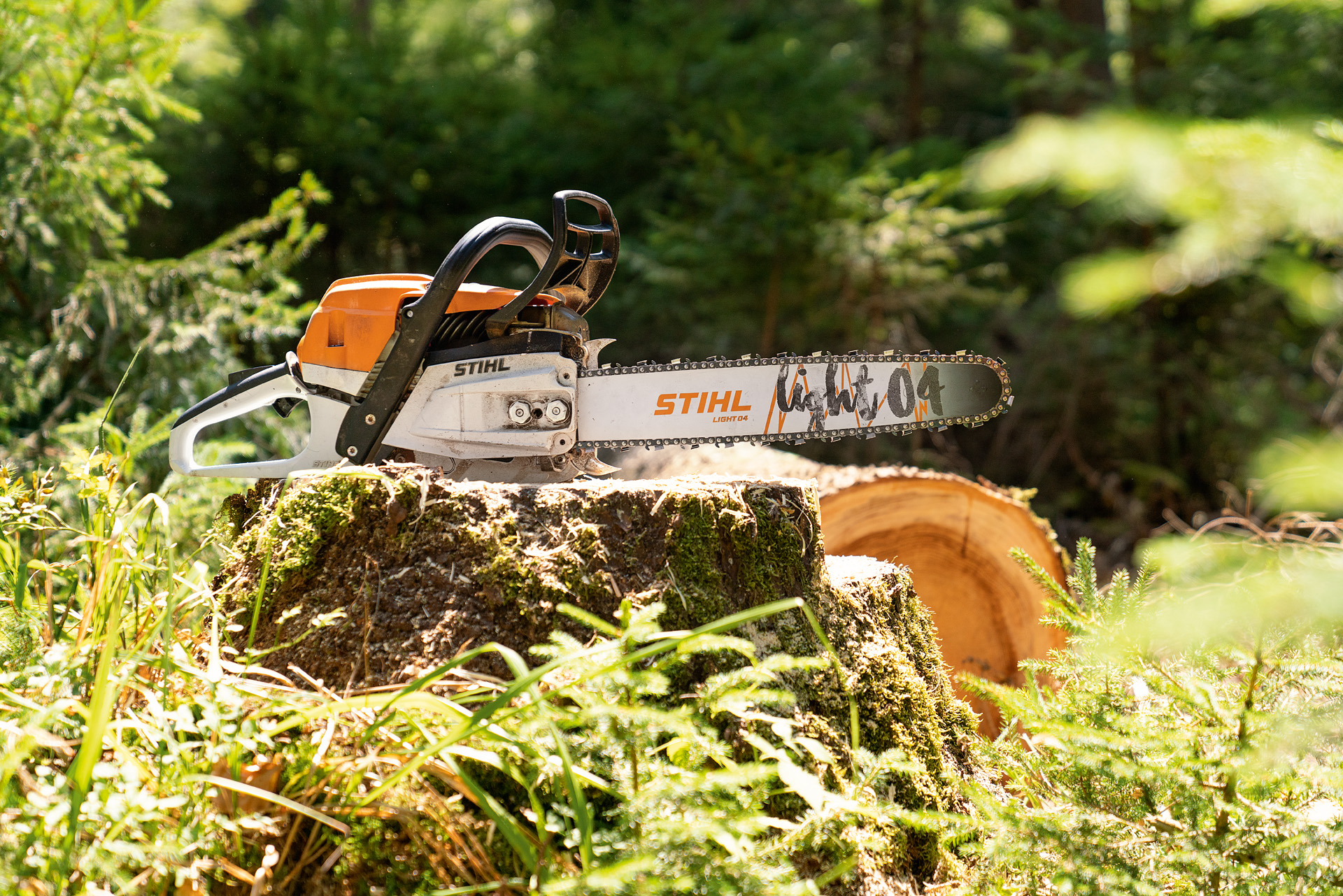Memory effect in batteries
We explain the memory effect in batteries, and clarify why it’s no longer a concern in STIHLs range of batteries.
10.07.2023

What is battery memory effect?
It's not uncommon to hear about the memory effect in batteries, causing them to lose their energy capacity with repeated partial charging. Once the battery’s power drops, the operating time of your cordless power tool is reduced, leading to the battery needing to be charged more frequently. In the worst-case scenario, batteries can become unusable well before the end of their service life. Thankfully not all batteries are affected by this loss of capacity, as memory effect is not an issue in modern lithium-ion batteries. A STIHL Li-ion battery can be charged at any time, regardless of its existing charge level.
Memory effect: discovered in the 1960s
Memory effect was discovered in the 1960s by engineers at NASA, who noticed that batteries used in a satellite lost their capacity over time. Specifically they found that after repeated partial discharge, the batteries would only supply the amount of energy added with the most recent charging process – the previously charged residual power was not available for use. The battery “remembers” the partial discharge level, and only supplies this “remembered” quantity of energy for further use.
To explain further, imagine a suitcase; instead of unpacking the last items from it, you fit a permanent false bottom. The new space you have created is now all the storage your suitcase can offer – there is less space to fill and you can’t access what you put in earlier. In batteries the memory effect manifests as a voltage drop, and can eventually cause affected batteries to become unusable when the voltage falls below the minimum requirement of the power tool.
Which batteries are susceptible to memory effect?
Memory effect mainly occurs in nickel-cadmium batteries (NiCd), which used to be widely used in cordless tools. In these batteries the effect is caused by the formation of crystals on the cadmium cathode, because if the battery isn't fully discharged the crystals can form in the undischarged portion of the battery cell. The voltage decreases as the crystals grow in size, due to the crystals impairing the conductivity of the material. Similar behaviour can be seen in nickel metal hydride batteries (NiMH) to a lesser extent, known instead as the “lazy battery effect”. Standard-sized AA or AAA batteries are often NiMH types, as are the batteries integrated into small electrical devices, however nowadays NiMh and NiCd batteries are seldom used.

No memory effect with STIHL lithium-ion batteries
STIHL only uses advanced lithium-ion batteries. These are not only lighter and more powerful than their predecessors, but are almost completely unaffected by the memory effect: they show no appreciable voltage decrease after repeated partial discharge thanks to the materials and cutting-edge technology we use in our battery cells. STIHL Li-ion batteries can be charged at any time and it doesn’t matter if you always charge the battery to full before using it. There’s no need for any clever charging tips, as even a brief charge between jobs poses no risk.





